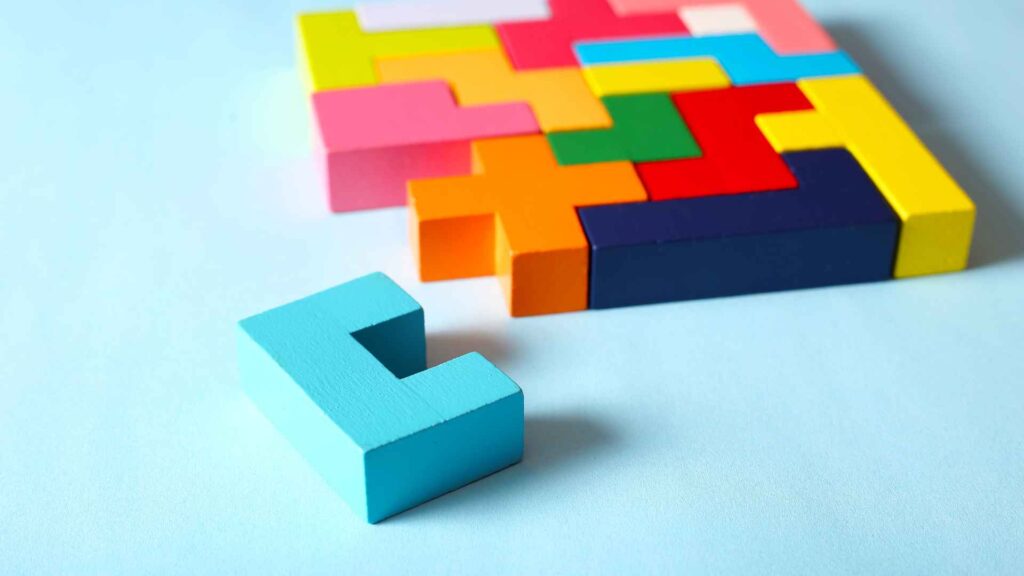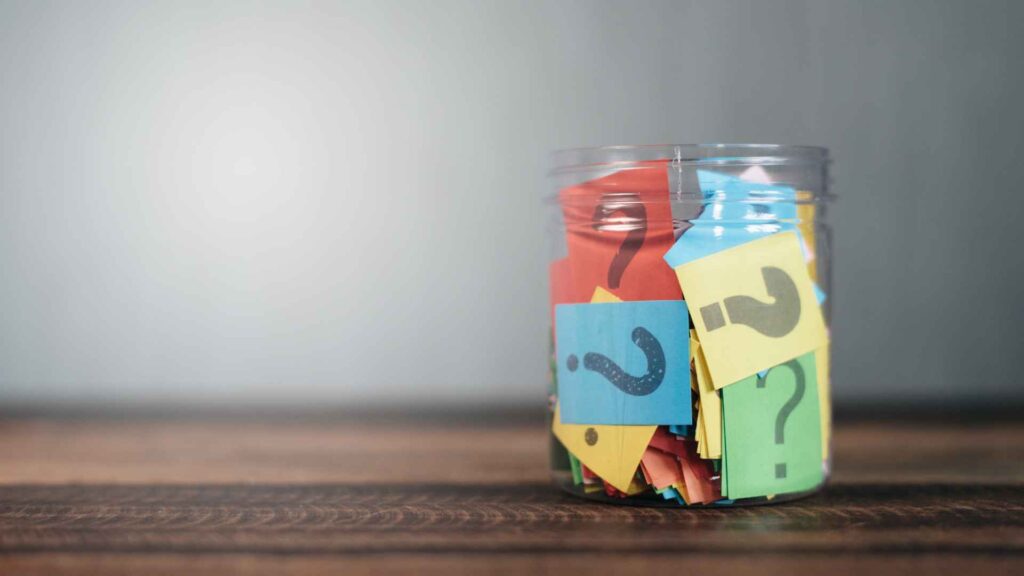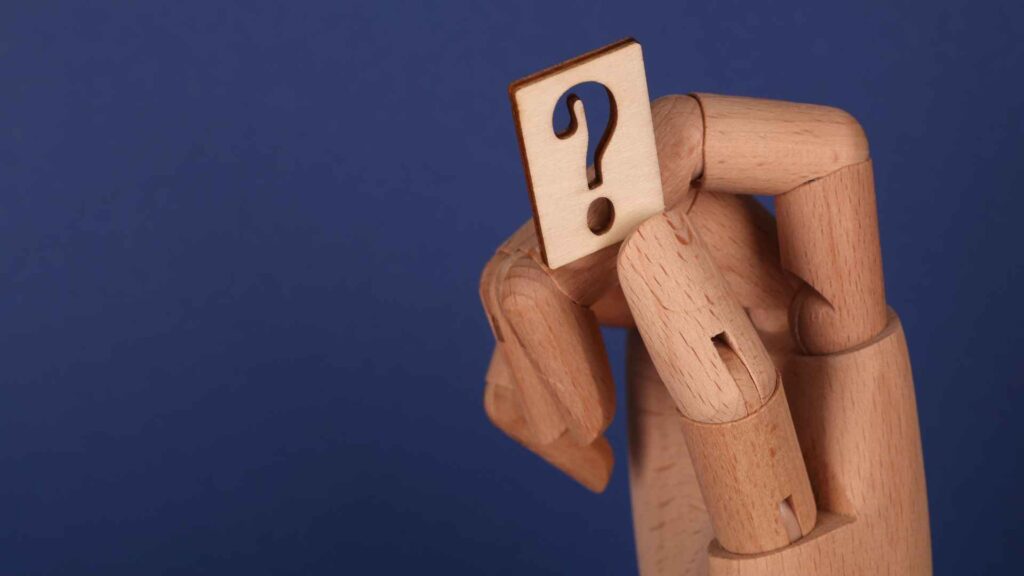Riddles have fascinated and entertained people for centuries. One of the most intriguing is, “The more you take, the more you leave behind.”
This riddle has stumped many, sparked debates, and ignited imaginations.
Let’s dive into its meaning, origins, and how it continues to captivate puzzle enthusiasts worldwide.
The Origins of the Riddle
Riddles have ancient roots, dating back to oral traditions. They were often used as tools for storytelling, teaching, or even challenging wisdom.
This particular riddle fits into the “trick question” category, designed to make you think outside the box. Its exact origins are unclear, but its timeless nature shows how riddles adapt and endure across cultures.
- Purpose of Riddles: They test wit, logic, and creativity.
- Cultural Connections: Similar riddles appear in folklore globally, showing their universal appeal.
Understanding its roots makes this riddle even more fascinating, showcasing how language and thought intersect.

Breaking Down the Riddle
What makes this riddle so compelling is its structure. At first glance, it seems contradictory or nonsensical. However, with careful thought, the meaning begins to emerge.
- Key Terms to Analyze:
- Take: Typically implies removing something.
- Leave Behind: Suggests what remains or accumulates.
When you “take” something, what you leave behind increases. This clever play on words is the heart of the riddle.

Common Misinterpretations
Many answers to this riddle are offered, but most miss the mark. Here are a few examples of common guesses and why they’re wrong:
- Time: While it seems plausible, it doesn’t align perfectly with the logic.
- Memories: A poetic answer but doesn’t fit the riddle’s literal structure.
- Love: Again, creative but not accurate.
These answers highlight how riddles can lead us in the wrong direction before steering us toward the right path.
The Correct Answer
The answer to “the more you take, the more you leave behind” is footsteps.
- Why This Works:
- Each step you take leaves a footprint behind.
- The more you move forward, the more traces of your journey remain.
This simple yet profound answer demonstrates how riddles use common concepts in unexpected ways.
Why This Riddle Stands Out
Unlike straightforward puzzles, this riddle requires lateral thinking. Its genius lies in its ability to misdirect while remaining deceptively simple.
- Psychological Appeal:
- Engages your curiosity.
- Challenges assumptions about language.
This mix of complexity and simplicity ensures its place as a favorite among riddles.

Benefits of Solving Riddles
Riddles aren’t just fun—they’re also great for your brain and social life. Here’s how:
- Cognitive Benefits:
- Improve problem-solving skills.
- Enhance memory and concentration.
- Social Perks:
- Spark conversations.
- Strengthen bonds through shared challenges.
By solving riddles, you exercise your mind while connecting with others.
Riddles in Popular Culture
From ancient myths to modern media, riddles have held a special place. This specific riddle might remind fans of iconic movies or literature.
- Examples:
- The Riddler in Batman uses similar puzzles to confound his opponents.
- Books like The Hobbit include riddles as key plot devices.
These references show how riddles enrich storytelling and add layers to characters and plots.
How to Create Your Own Riddles
Creating riddles is an art. Follow these steps to craft your own brain teasers:
- Start with a Theme: Think of an everyday concept.
- Add a Twist: Use wordplay or a double meaning.
- Test It Out: Share with friends to see if it stumps them.
Creating riddles sharpens your creativity and lets you share your love of puzzles.
Engaging Riddles for Beginners
If you’re new to riddles, here are a few fun ones to try:
- What has to be broken before you can use it?
(Answer: An egg) - I speak without a mouth and hear without ears. What am I?
(Answer: An echo)
These riddles, like our main one, encourage playful thinking.
How Riddles Improve Critical Thinking
Riddles teach us to see problems from multiple angles. They enhance skills like:
- Pattern Recognition: Spotting trends in information.
- Logical Reasoning: Making connections between ideas.
By practicing riddles, you develop tools for tackling challenges in everyday life.
Why We Love a Good Puzzle
Humans are naturally drawn to puzzles because they challenge us and reward our efforts.
- Mental Rewards: The “aha” moment releases dopamine.
- Sense of Achievement: Solving a riddle boosts confidence.
This explains why riddles, like “the more you take, the more you leave behind,” are universally loved.
Tips for Solving Riddles
Stuck on a tricky riddle? Try these strategies:
- Read It Aloud: Hearing it can spark insights.
- Break It Down: Focus on each word’s meaning.
- Think Literally and Abstractly: Switch between perspectives.
These tips can help you tackle even the toughest puzzles.
Sharing Riddles with Others
Riddles bring people together. Share them at:
- Social Gatherings: Perfect icebreakers.
- Online Communities: Engage with puzzle lovers globally.
When shared, riddles foster collaboration and mutual enjoyment.
Conclusion
Riddles like “the more you take, the more you leave behind” are more than just fun—they challenge us, connect us, and make us think differently.
Dive into the world of riddles to sharpen your mind and share the joy with others. Happy solving!
